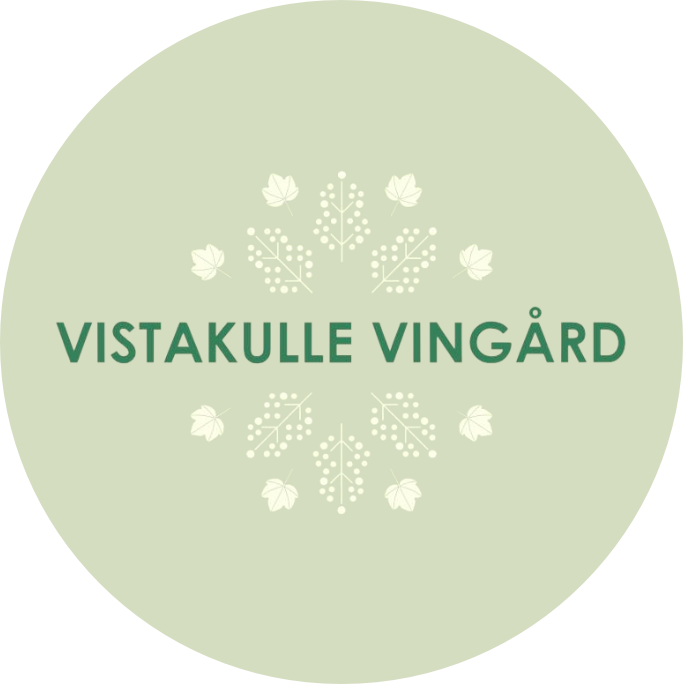
It started, as so often, with a crazy idea. Anders and Veronica Åberg had just moved into the old tourist hotel at Vista Kulle and were admiring the view from their veranda. Rolling fields and orchards met the sharp shoreline of Lake Vättern. But they also saw something else. In their imaginative vision, the hills were covered with vineyards.
An impossible place
Wine is grown between the 30th and 50th parallels in the northern hemisphere and between the 30th and 45th parallels in the southern hemisphere. This is a generalised half-truth. What is definitely true, however, is that Vista Hill is at the fifty-seventh parallel and has never had any wine production, other than the occasional fence grape on the occasional porch. It was also the lack of growth and difficult cultivated land that prompted people from here to emigrate to the United States in the 18th and 20th centuries and made Småland known as the land of emigrants, not least through Vilhelm Moberg's novels. In other words, it takes a great deal of imagination (and perhaps a little madness) to think of planting a vineyard in such a place.
Travelling to Tuscany
When Anders and Veronica Åberg moved into the old tourist hotel at the long-closed Vista Kulle railway station in 2006, they had no thoughts of viticulture. It was the beautiful view, the fruit orchards and the thicket of mushrooms that seemed to be the perfect backdrop to their impending retirement. But there was also an exciting microclimate. Shortly after moving, they travelled to Tuscany in Italy. There, they found a similarity to their new home in the rolling landscape around the Chianti mountains that sparked an idea. The idea became a seed, or rather a small nucleus, which germinated and took root, growing into a vine. What if vineyards could grow across the hillsides on Vista Hill too?
First seedlings
The first 10 vines of Chardonnay and Pinot Noir were planted in Anders and Veronica's garden in summer 2007. After the first winter, it was clear that they were not hardy enough. They did not thrive in our northern climate. Anders and Veronica tried hardy fence grapes, but the wine from these grapes had a questionable flavour and was never good enough.
Farming bears fruit
The breakthrough came in 2011, after a deep dive into the wine literature and a successful contact with the Swedish Wine Growers' Association. Anders and Veronica had the idea to try the Solaris and Rondo varieties and it turned out to be a stroke of luck.
The results were so promising that in 2012 they leased a piece of land from a neighbouring farmer and planted 500 Solaris vines. The next year, another 100 Solaris and 25 Rondo were planted, and in 2014 new plantings were made on a southern slope in the middle of Vistakulle Fruktodling's large apple orchards. Today, the vineyard consists of 1,150 vines divided into three different cultivation sites.